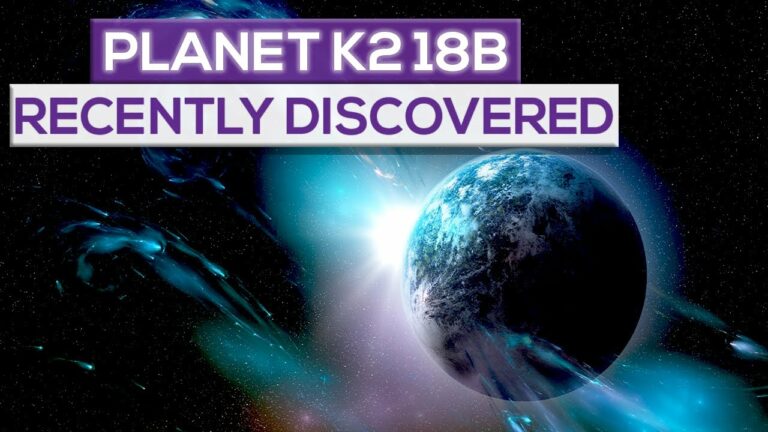Recent Discoveries From Planet K2 18B! (Super Earth)
Will We Ever Find A New True Earth?
That is the other question, isn’t it? Because that’s what everyone who has seen this information is hoping. That there is another Earth out there, one that we can potentially visit (especially when we get Warp Engines…) and live on as if it were almost exactly our own Earth. Granted, there’s no way it’s 100% the same, but even 90% would be darn good for human kind. And many at NASA, SpaceX, and more are working to try and find us the next Earth. And though it may not seem like it, Planet K2 18B does provide a necessary step in order to finding the next
What does Planet K2 18B tells us about the universe?
So when we boil all of this down, what does Planet K2 18B really tell us? That is the question that many are trying to answer right now, and sadly, the answer is a bit ambiguous.
The Presence of Hydrogen
If you were to look at the Earth’s atmosphere right now, one thing you would notice is that the gasses that comprise it are NOT solely oxygen. In fact, Oxygen has a rather small part in the composition of the atmosphere. There’s Nitrogen, Carbon Dioxide, Argon, and even Hydrogen in the atmosphere. This combination of components allows us to breath freely without fear of choking. On Planet K2 18B though? Early reports show that there’s a little too much hydrogen on 3. There Are Two Teams Fighting For Credit On the Discovery Stepping away from the planet itself for just a little bit, there is actually a little bit of a war going on in terms of who is getting credit for the water vapor discovery. Because the data revealed by the Hubble Space Telescope is public domain, and two different teams have published studies about the water vapor on Planet K2 18B and are wanting credit for the discovery. Which sadly is par for the course when it comes to big scientific endeavors like this. places about one day apart from each other. One team was led by the researcher who asked the Hubble Space Telescope to be used for studying this planet, and the other team was from the University of London.
Mini-Neptune?
Remember when I said that Planet K2 18B was noted about in 2015? The reason we didn’t hear about it more then was because we had no real information on it. And as such, the team that found the planet asked for the Hubble Space Telescope (one of the coolest toys in the galaxy, just saying) to look at it so that they can get a better look and see what it’s like. Which they got permission to do.
Super “Earth”
As you know, there are a LOT of planets out there in the universe, and not all of them are the same size as Earth. Just in our own solar system we have multiple planets that are many times the size of Earth. And Jupiter itself is 121 times bigger than Earth. So where does that put Planet K2 18B? Well, it’s right now measured at about twice the size of Earth. Which to be fair isn’t too bad per se. As it would be defined as a “Super Earth”. However, there is a catch, the planet is also 8 times as massive as Earth. Confused. Size and mass are two different things.
The Search For Water On Planets
When it comes to looking for planets for the Earth to potentially populate in the future, there are many, MANY qualities that need to be identified in order to be considered livable on a grand scale. Think about all that had to be done just to consider Mars a place where we COULD live in, and that’s within our own solar system! Two of the biggest things is having a planet that is able to have us land on it, meaning it has land masses and isn’t a gas giant of a planet. Planet K2 18B has that.
What is Planet K2 18B?
When you look at a name like Planet K2 18B, you can’t help but think, “Wow…that’s a really long name…”, and yeah, it is, but that’s just its scientific name. A name given to it as a label for easy identification among the thousands of other planets being discovered every year. And not just because it looks good, and that it may be able to support life in potentia, but rather, two different groups of people have found out that this planet not only has water. But, it has water vapor. One that builds in the atmosphere and is capable of raining down on the planet itself.
Do not forget to share your opinion with us to provide you with the best posts !




0 Comments